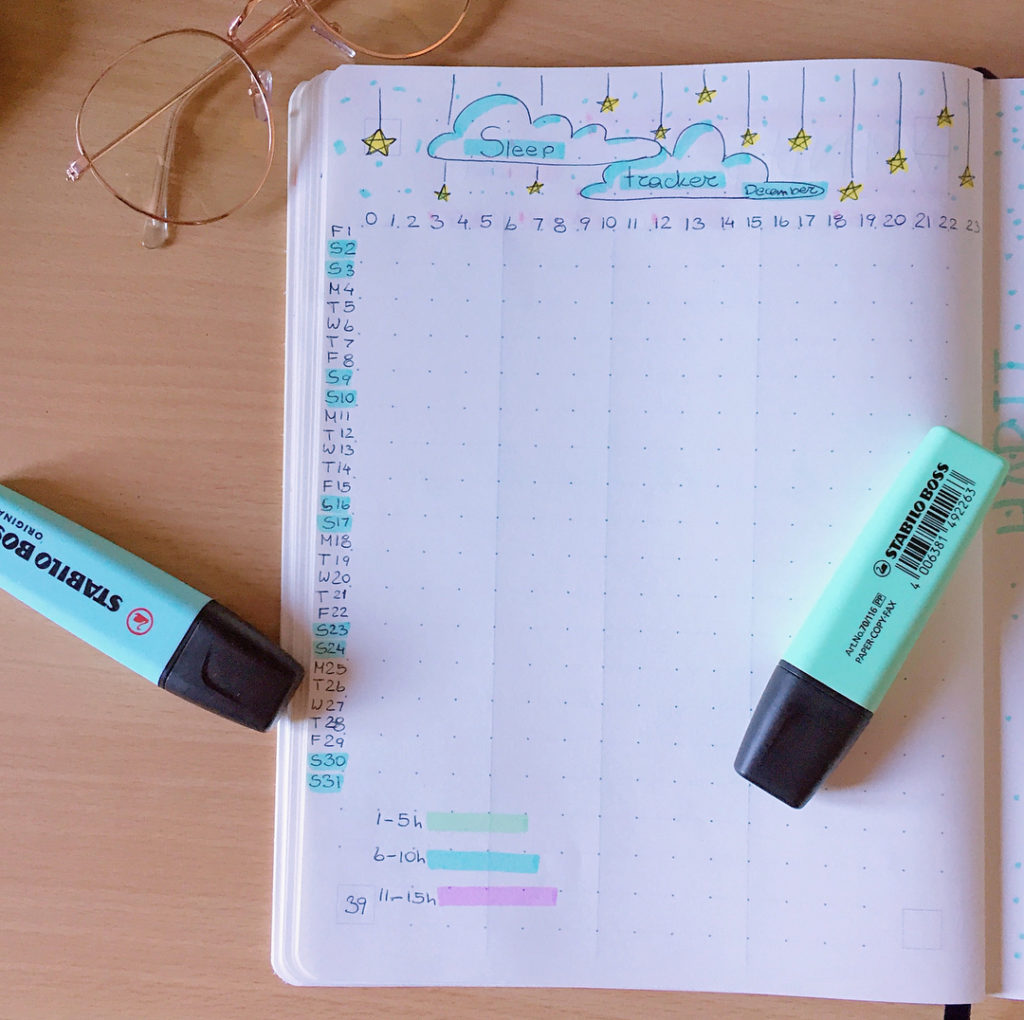Jan. 13, 2018.
By the end of the year, we’re itching to tear off the last page of the calendar. Make a fresh start. Break new ground. Start tracking our New Year’s resolutions and all we hope to achieve. Many of us may also be looking forward to putting the past year behind us. It’s a simple practice, but research says it works wonders — bullet journaling can track our productivity, bust through our creative roadblocks, and quite literally allow us to turn a new page.
Writing down notes, like we used to do back in grade school, supports better memory and comprehension. That’s precisely what the creator of bullet journaling discovered, a Brooklyn-based product designer, when he developed the practice to help manage his learning disability. No wonder journaling, and especially bullet journaling, is re-gaining popularity.
Why waste your time with delays when you can fly into your mortgage? Try LoanFly for free.
5 common productivity problems with 5 bullet journal solutions
Technology’s undoubtedly made our lives easier, but there’s a reason handwritten notetaking apps still exist. Something happens in the brain, and maybe in the heart, when we put a pen to paper. Psychological Science researchers discovered in 2014 that writing down notes, with a pen versus a laptop, makes it less likely that conceptual information will go in one ear and out the other. In 2016, University of Liverpool researchers also observed during court trials that the notetaking jurors were more likely to remember critical evidence, potentially influencing a verdict.
Productivity setbacks, both in the workplace and at a personal level, are to be expected. But with a tangible organizational tool like bullet journaling, we find workable solutions:
Get started
Problem #1. Zero motivation.
Getting motivated for work may be easy. Staying motivated is another story. In “The Power of Small Wins,” an article on leadership published in the May 2011 issue of The Harvard Business Review, Steven J. Kramer and Teresa Amabile share how tracking our progress can ignite our daily motivation (as long as our work is meaningful to us).
Solutions:
- Use a bullet journal to track personal goals daily and small wins as they come.
- Mark achievements by charting graphics and to-do lists by hand.
Next
Problem #2. Not enough income.
With a bullet journal, we get the chance to weigh our long-term goals and lofty ambitions against reality. Putting thoughts down into a bullet journal can also help us to explore our definition of success — and redefine, as needed. What will a good career move look like, as a next step or into the future? Is it a new job? A promotion with a higher pay grade? Owning a business?
Solutions:
- Use a bullet journal to divide big-picture goals into smaller goals with shorter time frames.
- Track weekly schedules to see where free time is available to take on overtime or start freelance projects.
- Commit to getting up an hour earlier, a practice used by a great many CEOs and moguls, to bullet journal and/or work on a passion project — like writing a novel or creating a business plan for an e-commerce store.
Next
Problem #3. Too much debt.
Financial stress, large or small, can hold us back from our best laid plans. Mortgage is a great example. Depending on individual circumstance, this may be the year to consider paying off a home loan. A bullet journal can be used to track monthly spending and income right alongside monthly mortgage payments and other loans and debt.
Solutions:
- Check out a collection of debt management tracking tools here and try bullet journaling one or more this week.
- Or, use Dave Ramsey’s popular Debt Snowball method in the bullet journaling format.
Should you pay more each month to pay off your mortgage? Learn more here.
Next
Problem #4. Too many expensive and time-consuming habits.
What’s so unique about bullet journaling compared to traditional journaling is that it helps us utilize our creativity to organize and track our information, whether we consider ourselves right brain or left. In 2017, Drexel University researchers also found that drawing, doodling, and adult coloring may boost blood flow to areas of the brain that control the reward response.
Solutions:
- Let the creative juices flow — and activate the brain’s reward pathway in a healthy way — on the bullet journal page. For some of us, this new reward response could support quitting or reducing our use of other “reward” vices that drain our bank accounts and distract from productivity, like drinking, smoking, or eating to excess.
- Get inspired by one or more of these colorful yet organizational bullet journal ideas here.
Next
Problem #5. Discontentment or restlessness during the workday.
Not unlike productivity, happiness requires a daily practice for most people. Fortunately, bullet journaling is designed in such a way to support both. Some of us are the types to get happy just by getting organized. Others might enjoy the reward response activated by bullet journaling we discussed above. Either way, happiness matters when it comes to our productivity. In 2014, University of Warwick scientists discovered that happiness in the workplace could make us up to 12 percent more productive.
Solutions:
- Release worries about work and personal issues onto the page, especially before a big meeting or presentation. For those who struggle with chronic anxiety and worry, writing about feelings beforehand can improve performance in a stressful situation, Michigan State University researchers noted in 2017.
- Try using a bullet journal for its untapped mental health benefits: Write a word cloud to release anxiety, track emotions with a daily mood log, or keep a gratitude journal.
Buying a house doesn’t have to be hard. Find a Cornerstone office near you — we’re lending in 38 states (and the District of Columbia).
Last but not least, consider the fact that there are advantages to be had, not just in how we bullet journal but where. Standing desks are popping up in workplaces across the U.S. — precisely because of their productivity payoffs. As Texas A&M researchers learned in 2016, using a standing desk may be one of the most effective ways to improve cognitive function and reduce the risk of obesity. Standing to chart short-term and long-term goals, daily to-do lists, and daydream about the future in a bullet journal could yield a 46 percent increase in productivity.
For big-picture goals that involve buying a house, paying off a mortgage, and everything in between, get in touch with a loan officer who can help. We’re always only a phone call (or an email or a text) away.
For educational purposes only. Please contact a qualified professional for specific guidance.
Sources are deemed reliable but not guaranteed.






